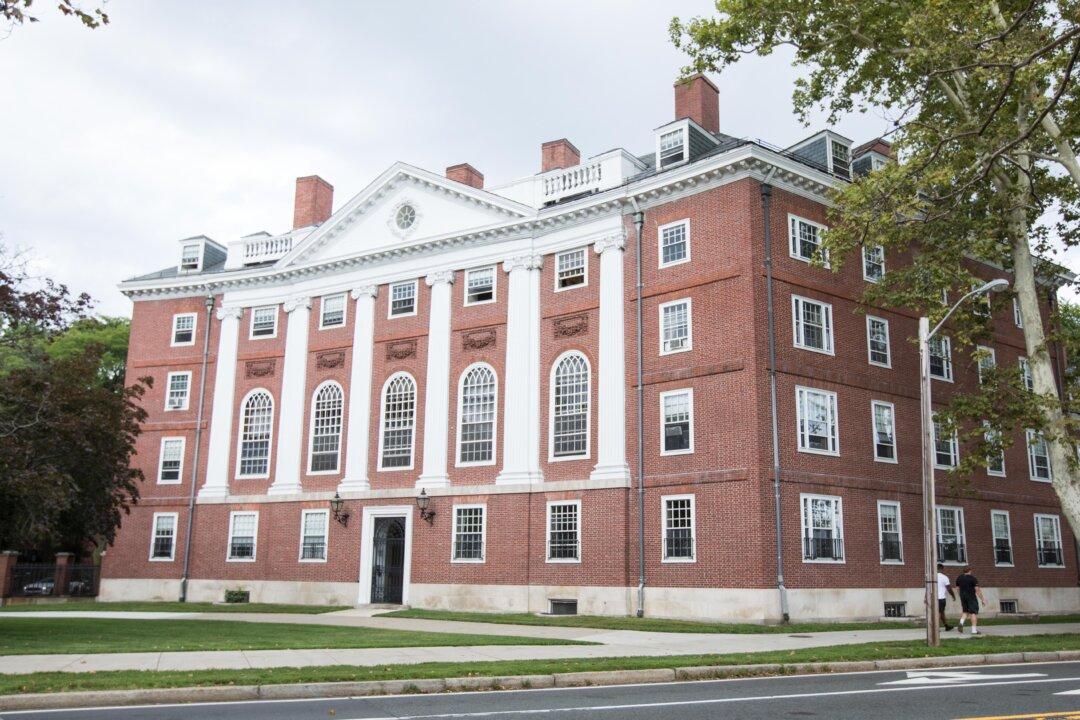Commentary
A visit to Western universities today will lead to one finding a high degree of groupthink in a number of faculties, with barely a conservative thinker in sight.

A visit to Western universities today will lead to one finding a high degree of groupthink in a number of faculties, with barely a conservative thinker in sight.